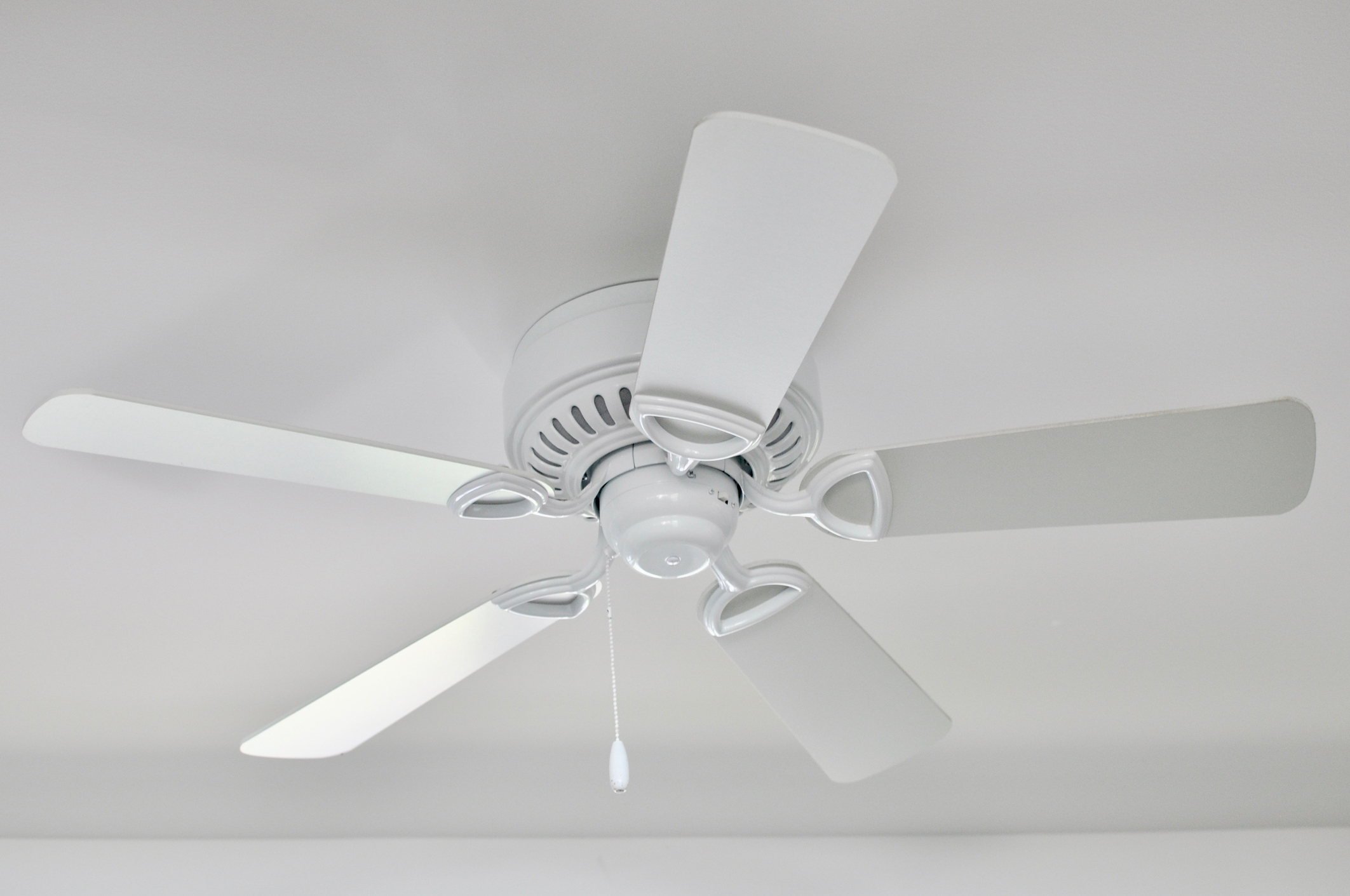How To Use Your Ceiling Fan To Increase AC Efficiency in Pueblo, CO

As Pueblo residents gear up for another warm and sunny spring, many families may be wondering how they can ensure optimal energy efficiency for their air conditioners so they can lower cooling costs.
One great way to enhance AC efficiency is by using a ceiling fan to maximize airflow and distribute cool air more effectively throughout your home.
The HVAC experts at R Buck Heating, Cooling, Plumbing & Electrical share five strategies to harness the power of your ceiling fan and increase AC efficiency throughout spring and summer.
Call R Buck at 719-544-6670 to get a ceiling fan installed in your Pueblo, CO, home today.
1. Optimize the Fan Direction
The first step you should take is ensuring the fan is set in the right direction. Many modern ceiling fans come with a reversible motor that allows you to change the direction of the blades. During spring and summer, the fan should rotate counterclockwise at a higher speed.
Setting the fan in this direction helps create a wind-chill effect, meaning you’ll feel cooler without having to lower the temperature in your home. By creating a downdraft, your ceiling fan can help distribute cool air from your air conditioner more evenly, preventing inconsistent temperatures and reducing the strain on your AC.
2. Adjust the Fan Speed
Your ceiling fan speed should be adjusted based on the number of occupants in a given room. For instance, set the fan to a higher speed when your living area is at maximum capacity to ensure optimal comfort.
By contrast, always turn off your ceiling fan when leaving the room, as fans are designed to cool individuals — not large spaces. Running a ceiling fan in an unoccupied room generates energy waste without any comfort benefit.
3. Use Fans With AC
Rather than relying solely on your air conditioner, consider using a ceiling fan in conjunction with your cooling equipment. By using a ceiling fan with your AC, you can safely raise the temperature on your thermostat without sacrificing comfort.
This small adjustment can result in significant energy savings over time while helping reduce the workload for your air conditioner, extending its lifespan.
4. Install Energy-Efficient Ceiling Fans
As you weigh your ceiling fan installation options, choose a unit that’s ENERGY STAR® certified or has energy-efficient features. Ceiling fans with higher energy-efficiency ratings consume less electricity while offering the same comfort benefits as standard models.
Look for ceiling fans with DC motors, as these are more energy-efficient and run quieter than traditional AC motors. Also, consider investing in a ceiling fan with integrated LED lighting to further minimize energy consumption.
5. Maintain Your Ceiling Fan
Routine maintenance is critical for ensuring your ceiling fan operates as efficiently and reliably as possible. Clean your blades regularly to prevent dust and debris from circulating indoors.
Tighten any loose screws or fittings, and lubricate the motor bearings as needed to reduce friction and noisiness during operation. Lastly, inspect the fan’s balance to protect against wobbling, as this can lead to excess wear and tear on the fan motor.
Install a Ceiling Fan in Your Pueblo-Area Home With R Buck
A ceiling fan can be an invaluable ally in maximizing energy efficiency for your air conditioner. If your home doesn’t have ceiling fans, consider adding one or more by contacting the expert electricians and comfort specialists at R Buck.
From air conditioning tune-ups to ceiling fan installations, we offer the comprehensive solutions that Colorado Springs families need to ensure their homes remain comfortable and efficient all spring and summer.
Request ceiling fan installation or an AC tune-up by calling our team at 719-544-6670.
Contact Us Today


The Home of Friendly, Expert Technicians
Powering Our Award-Winning Services
- Licensed and insured
- Background-checked and certified
- Deliver personalized solutions and quality workmanship
- Receive top-quality, ongoing training
- Adhere to building codes and safety standards




